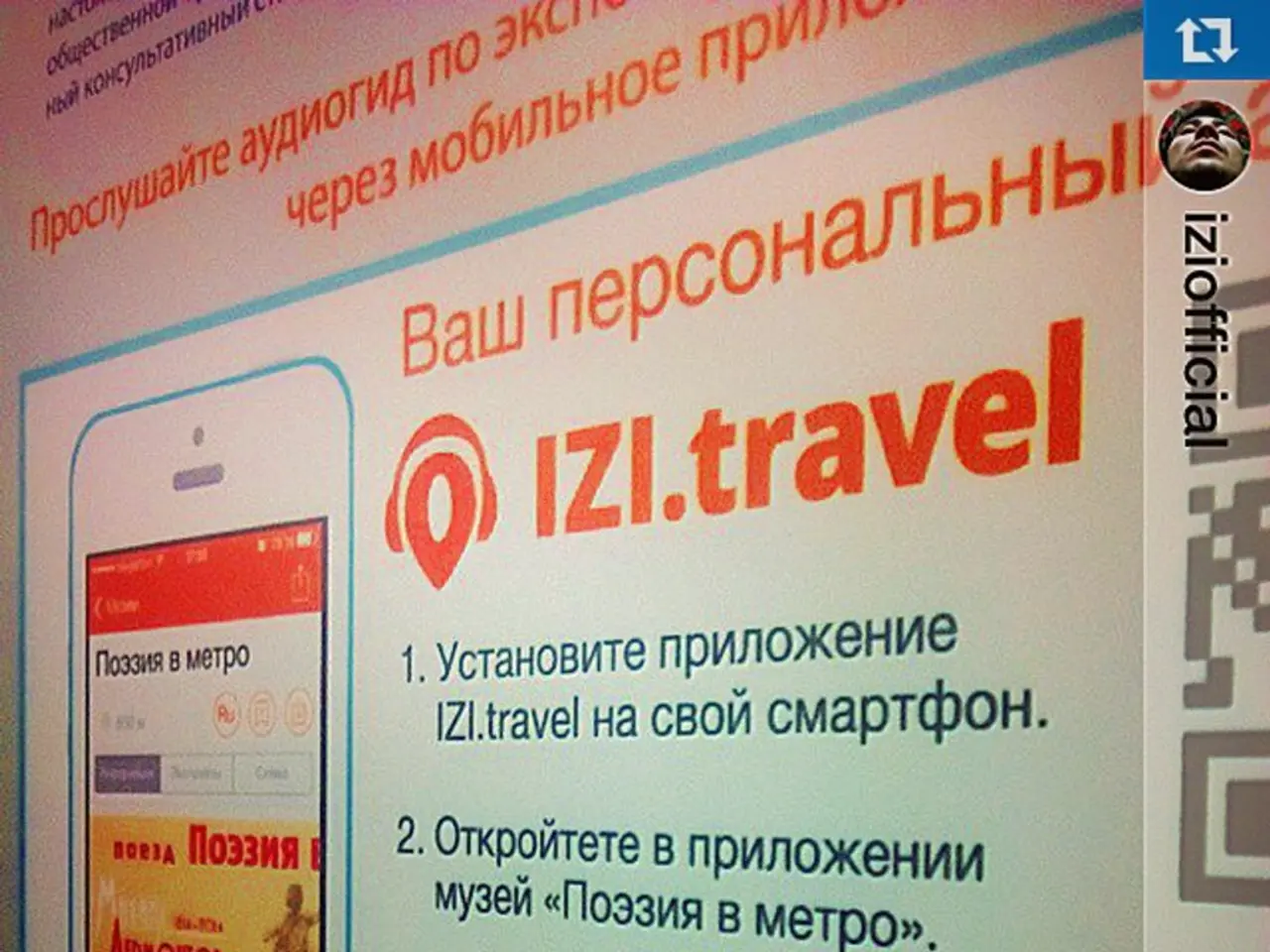Effective personalized content and advertisements foster customer loyalty
In the ever-evolving digital landscape, German companies are adapting their marketing strategies to reach customers effectively through the internet. The Corona pandemic has underscored the importance of being online, with many businesses now recognising the potential of the web to extend their reach [1].
One such service that is gaining traction is SEO-optimized content creation and editorial redrafting, offered by companies like unser-Content. This approach focuses on creating valuable, engaging content that not only appeals to consumers but also boosts a company's online visibility [2].
Traditional advertising methods, such as ads in daily newspapers and blinking banners on websites, continue to be a common part of marketing strategies for many German companies. However, the design of these ads plays a crucial role in capturing attention. A more interesting and visually appealing ad is likely to garner higher engagement [3].
Social media is also gaining significance in German companies' marketing strategies. It offers a platform for driving consideration, engagement, lead generation, and direct conversions. By leveraging social media's unique strengths, businesses can complement their traditional advertising and content marketing efforts [3].
Content marketing, a relatively new exploration for many businesses, helps to find valuable, loyal, and long-term corporate advocates. In fact, 90 percent of consumers find personalized content useful, and 78 percent believe that companies providing relevant content are interested in good customer relationships [4].
To maximise the impact of these marketing channels, an integrated marketing strategy is recommended. This approach ensures consistent messaging and coordinated efforts across all channels. It leverages each channel's strengths in a complementary way and uses data-driven optimization to refine campaigns [5].
Key components of this strategy include consistent messaging across channels, leveraging channel strengths, coordinated campaigns and buyer journey, data-informed budgeting and optimization, and cross-functional team collaboration [5].
For instance, Coca-Cola's "Share A Coke" campaign spanned multiple media, driving brand loyalty by repetition and coherence [3]. The optimal strategy, however, should be individual, based on the business model and target audience [1].
Neutral news portals, blogs, or social media channels of known influencers can also be utilised. The classic ad in the daily newspaper is not obsolete, remaining an important part of the marketing mix for many companies [1].
The website should be graphically and technically up-to-date, with a focus on performance and product pages that highlight expertise with good, SEO-friendly content [6]. The most important channel for content distribution is the company's own website [7].
Content in marketing can range from simple articles to infographics to explanatory videos. unser-Medien, for instance, has expertise in-house to support content creation [8]. Marco Kraus, the Product Manager Digital at our-Media house, emphasises the importance of this approach in today's digital age [8].
In summary, the optimal approach involves integrating traditional advertising, social media, and content marketing into a unified strategy with consistent messaging, complementary channel roles, coordinated timing, data-driven decisions, and team collaboration [1][2][3][4][5]. By doing so, businesses can effectively capture the attention of their target audience and foster strong, lasting relationships.
Read also:
- Ongoing trade friction as the American administration levies fresh import taxes on goods arriving from China
- Game Publishers Aim to Replicate Nintendo Switch 2's $80 Pricing Strategy
- Interview Questions for Neha Singh, the Creator and Leader of Obsess
- Zebra Ventures Provides Funding for RFID Technology in Software Development, as Reported by Xemelgo







